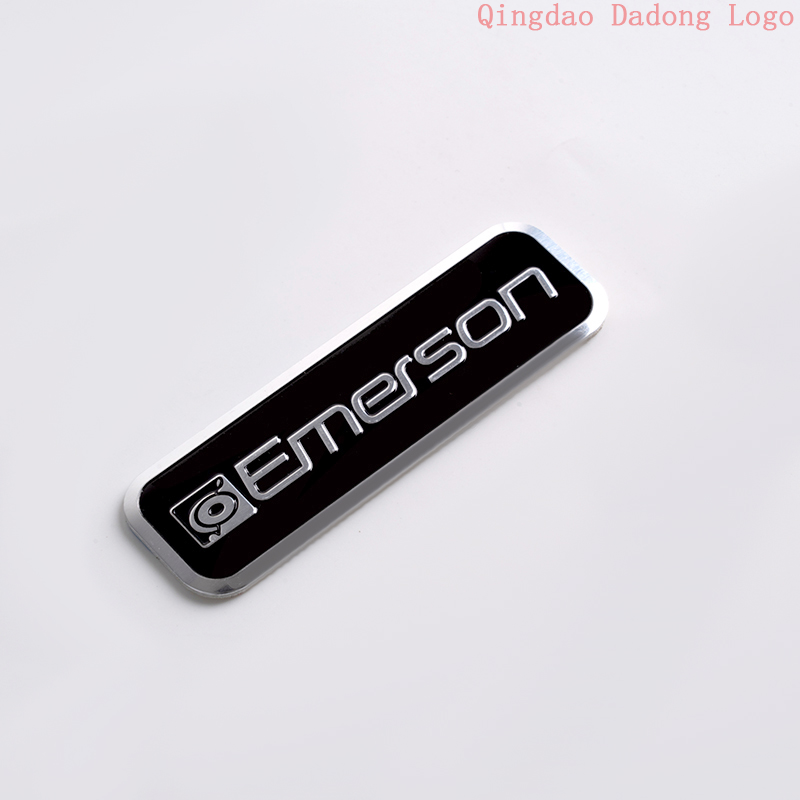NEWS
Is it better to choose stainless steel or aluminum material when making signs
Writer:admin Time:2023-09-08 15:43 Browse:℃
Signs can be seen everywhere in our daily lives, such as household appliances, electronic digital products, car keys, phone cases, and other products that have metal signs. However, these metal signs may also vary, with the most common being different materials. In the production of metal nameplates, the most commonly used materials include stainless steel, aluminum alloy, pure nickel metal, zinc alloy, etc. The following is an introduction to the characteristics and comparison of stainless steel nameplates and aluminum nameplates:
1、 Characteristics of aluminum signage
1. In the process of making signs, the production of aluminum signs is much simpler and more convenient than that of stainless steel signs. Electrolytic aluminum and cryolite can be produced. Compared to stainless steel, the density of aluminum is much smaller, so the weight of aluminum signs is compared to stainless steel signs. Aluminum signs are lighter than stainless steel signs.
2. In addition, the chemical structure of aluminum is not very stable, and its resistance to corrosion and oxidation is weak. Due to its low chemical structure density and light weight, aluminum labels are more prone to deformation during use.
2、 Features of stainless steel nameplate
1. Stainless steel signs are generally made of 304 stainless steel, and the production process is corrosion (also known as etching). In situations where the surface style is exquisite and precision requirements are extremely high, stainless steel signs are most commonly made by etching. The surface produced by etching has the characteristics of concave convex three-dimensional effect, smooth surface without burrs, and high accuracy.
2. 304 stainless steel has a stable chemical reaction structure, and stainless steel has characteristics such as high temperature resistance, acid and alkali resistance, corrosion resistance, and oxidation resistance. Affected by its chemical structure, stainless steel has a stable chemical structure compared to aluminum. Under the same conditions and environment, stainless steel is not easily oxidized, rusted, or deformed. Therefore, many are used outdoors for long-term exposure to rain or humid, cold, and high temperature environments. Under these conditions, most users who need to keep the label bright and not deformed for a long time choose to use stainless steel material. In short, the biggest feature of stainless steel signs is their durability and resistance to deformation.

3、 Comparison of advantages and disadvantages between stainless steel nameplate and aluminum nameplate
1. Stainless steel nameplate: structurally stable, sturdy and durable, resistant to deformation, corrosion, acid and alkali resistance, strong antioxidant capacity, and less prone to rusting.
2. Aluminum signs: light weight, unstable structure, easy to deform and rust, poor oxidation resistance, and easy to corrode.
3. Stainless steel material has a strong concave convex three-dimensional effect, and the surface style looks high-end, commonly used for decoration of high value-added products.
4. Compared with stainless steel plates, aluminum plates are cheaper, and due to the relatively simple and fast production process of aluminum labels, there is no cumbersome production process of stainless steel labels, and the production cost is also lower.
CATEGORIES
LATEST NEWS
CONTACT US
WhatsApp: +8615806503075
Tel: +8615806503075
Email: percy@dadonglogo.com
Addr: 7 Tonghe Road, Pingdu, Qingdao
